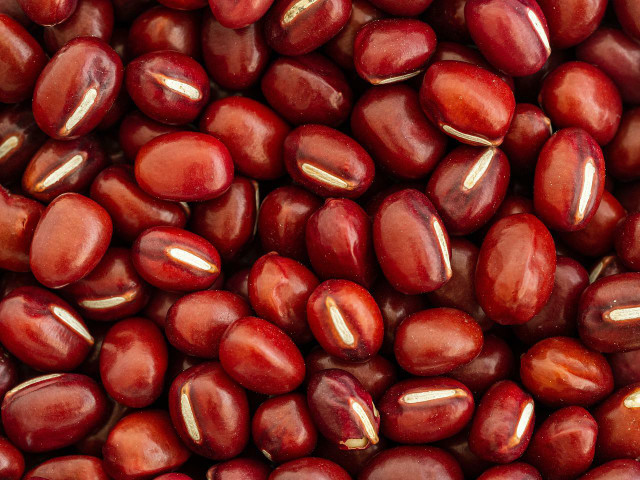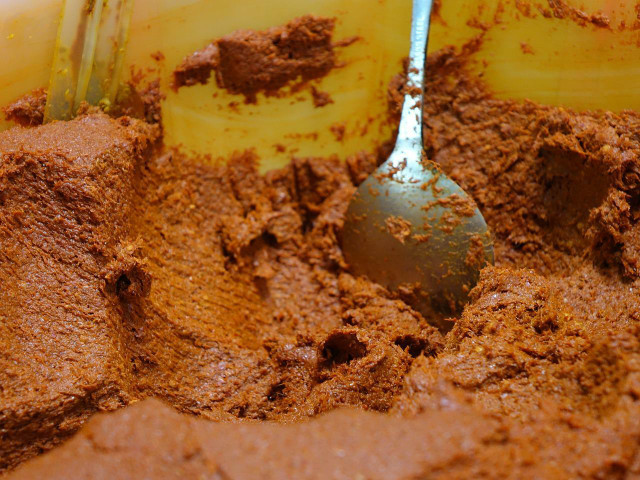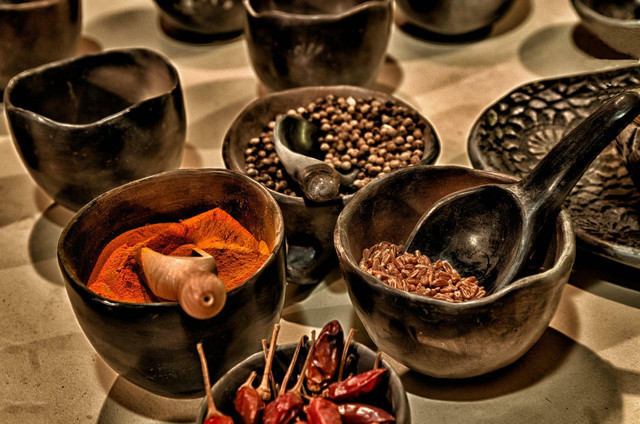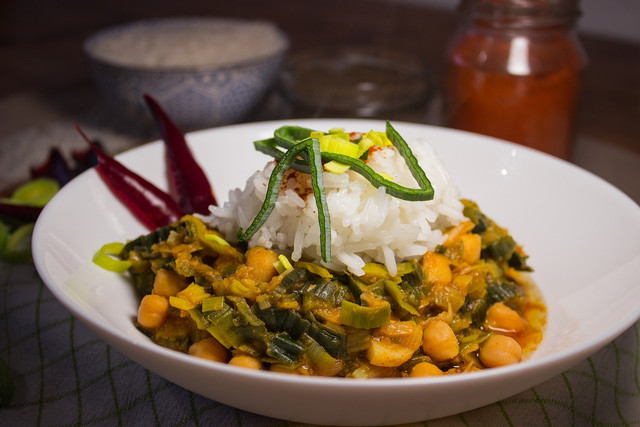Adzuki beans are a healthy addition to a variety of meals, and bring a delightful splash of color to your plate. Find out more about these nutritious little gems.
Adzuki beans are also known as the azuki, or aduki bean. The vibrant red variety is the most common but you can find them in other colors including brown, black, purple and green. Grown throughout East Asia, you’ll spot them in many eastern dishes, and as they lend a sweet flavor, they may also be found as a sweet paste, in savory meals and desserts.
Adzuki beans are thought to be beneficial to the heart, whilst aiding digestion and lowering the risk of diabetes.
You can buy the beans in tins, but for the best health benefits, we recommend buying organic dried adzuki beans. Both will still provide you with a lovely nutty taste, and supplement your vitamin and mineral intake. You could even experiment with sprouting them, which will not only provide you with healthy shoots for snacks, salads, or a buddha bowl but provides fun, especially for children.
How to Cook Adzuki Beans

(Foto: CC0 / Pixabay / martin_hetto)
It’s often thought all dried beans need to be well soaked before cooking. This isn’t the case with Adzuki beans, as they will cook perfectly well without this step. However, the beans may have a creamier texture if you do take that extra time. Also, in terms of energy consumption, you may wish to pre-soak, as this will reduce the cooking time by up to 15 minutes. If soaking, 8 hours is most sufficient.
Preparing and cooking adzuki beans:
- Rinse: You can use a colander, sieve, or strainer to rinse the beans. Rinse under cold water and use your fingers to move the beans around — this way they all get a good clean, and you can identify any that may be damaged. Even if you have soaked the beans, rinse them again.
- Put the beans in a large pot, covered with cold water. Make sure the water covers the beans well — they will expand to 2 or 3 times their size.
- Bring to the boil, then reduce the heat to simmer for 45 minutes, if soaked, 55-60 minutes if not.
- Check the tenderness with a skewer or fork. They should yield to some pressure.
So now the adzuki beans are cooked, what recipes might you wish to use them in? Here are 3 of our favorite recipes.
1. Red Bean Paste



(Foto: CC0 / Pixabay / cegoh)
We start with that delicious red paste, that bursts with sweetness and color. Once you’ve got the paste, you can use it in a variety of ways. Red azuki bean paste (sometimes called ‘Anko paste’) is a staple of many eastern dishes, both savory and sweet. You can make ‘Tsubuan’ (chunky) or ‘Koshian’ (fine) paste, according to your needs.
‘Tsubuan’ (chunky) adzuki paste:
All you need to do, is mash the beans and add sugar. For one cup of dried beans, add one cup of sugar. Mash it all together until the beans look like a paste, but still retain a slightly clumpy texture. This is the most common type of paste to add to desserts, like sticky rice cakes, buns and ice-creams.
‘Koshian’ (fine) adzuki paste:
The easiest way to get this consistency is to whizz up the beans with sugar in a blender, adding a little water, until you get a smooth paste. You can make it by hand but it is more time-consuming, as you need to press the beans through a mesh, then mash, and repeat until you get a smooth texture, before adding the sugar. The fine paste is more often used in savory dishes such as pancakes, and Natto — a Japanese fermented dish.
2. Vegan Chili or Stew



(Foto: CC0 / Pixabay / babawawa)
Your beans will add new dimensions to recipes you may already be very familiar with. After cooking, you can use them in any chili recipe, either replacing kidney or black beans or adding a mix. If you want a sumptuous recipe to follow for your next dinner, you should try out this vegan chili recipe.
The same goes for a hearty stew. You can throw lots of ingredients into a stew, or choose a few favorites for a simple and tasty meal. Stews are all about letting the flavors simmer and merge. Potatoes, carrots, onions, beans and spices are common ingredients in a healthy stew, along with herbs and whatever spices you have to hand, or enjoy the most. Your cooked adzuki beans will add color and texture to any stew. Or you could try a different spin and check out our Lobio recipe — a vegan Georgian bean stew.
3. Vegan Curry



(Foto: CC0 / Pixabay / plesektomas)
Adzuki beans are great for vegan cooking, as they can add a chunky dynamic in dishes such as curry. They go very well with the flavors of garlic and ginger. You can also try adding in some of the paste, with tomato puree and chili to make a curry paste base. You can follow almost any curry recipe and add the cooked beans in, allowing them to infuse with the curry.
Fry up some garlic, onion, chili, and curry spices in a little oil. Add the paste if using and fry for a couple more minutes. Add your veg (whatever you choose, for example, mushrooms, or peppers) and a little water and let sizzle until the veg are partly cooked. Then add the rest of your ingredients (this may be the beans, cooked sweet potato chunks, chickpeas, green beans, tomatoes etc) and add your liquid — passata or stock. Let cook until it infuses. You could then choose to add coconut milk for added sweetness.
Read more:
- How to Cook Dried Beans
- Edamame Beans: Buying, Growing, & Eating This Superfood
- How to Make Vegan Puff Pastry: Recipe & Tips
Do you like this post?






